Medieval times, the years between 500 AD and 1400 AD, were deemed so primitive that they now have the nickname ‘the Dark Ages.’ However, this stereotype isn’t entirely true, especially regarding medicine. Today, we’ll share 18 ways medieval medicine had quite a lot of substance.
Trepanation for Head Injuries

Trepanation was a terrifying practice from the Middle Ages that involved drilling holes into the skulls of patients to treat their head injuries. However, despite how gory it may seem, it’s a procedure that actually works, according to MIT. In modern medicine this procedure is called a ‘craniotomy,’ and is currently used to treat epidural and subdural hematomas.
Willow Bark for Pain Relief

Medieval healers used herbs to treat ailments, and the Assyrians, Egyptians, and Greeks used them to treat pain and fever. Willow bark contains salicin, which acts just like its contemporary counterpart, aspirin. Patients would chew it as their go-to pain relief practice.
Honey as an Antiseptic
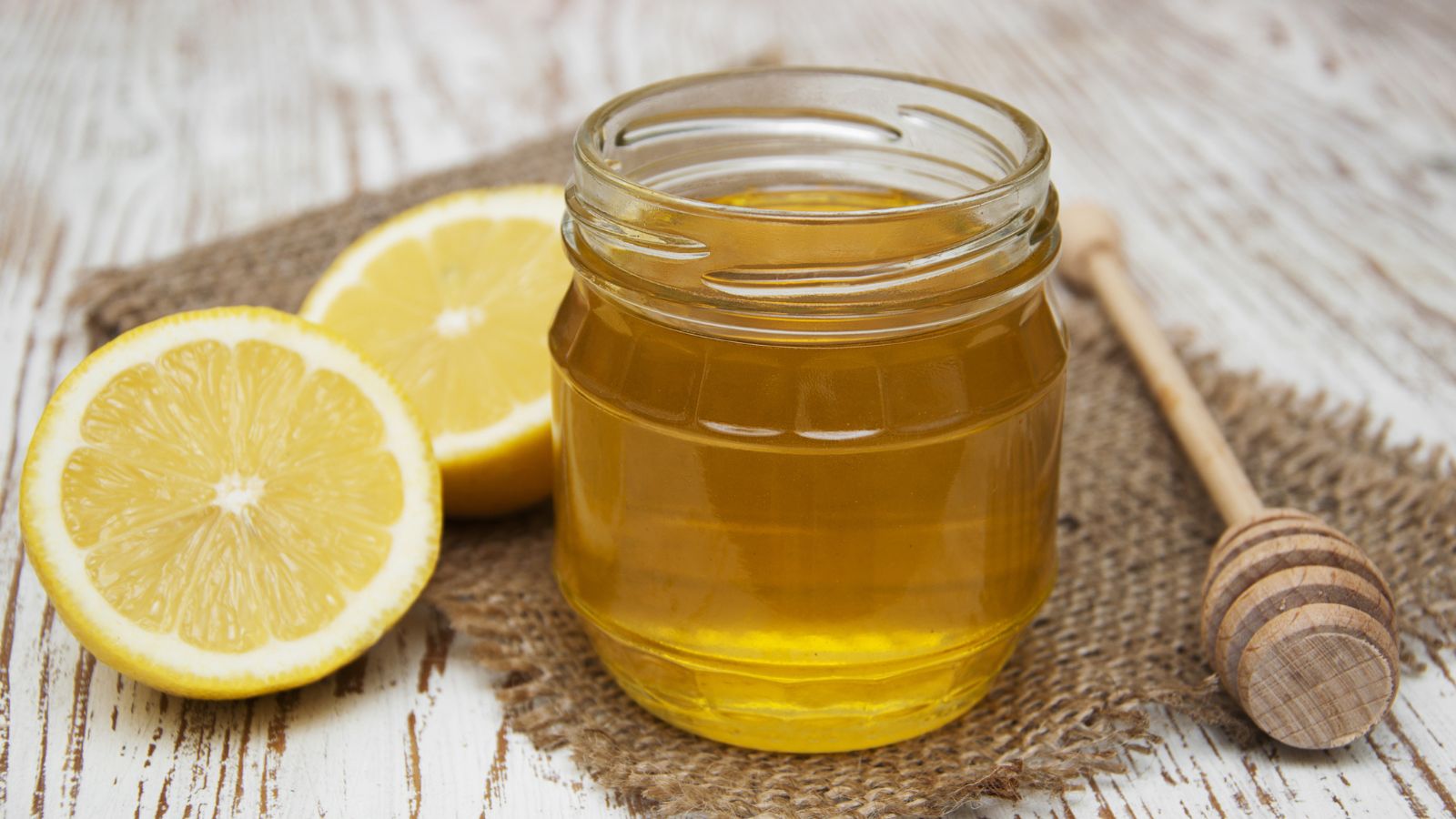
The natural antibacterial properties of honey were also put to good use, as people in medieval times used it as an antiseptic for cuts and burns. Modern research has revealed that these antibacterial properties actually perform better than some modern medicines. For instance, honey works against Staphylococcus aureus (methicillin-resistant) and Enterococci (vancomycin-resistant).
Leech Therapy for Bloodletting

Although leeches were employed for ailments like inflammation, skin diseases, rheumatic pain, and reproductive problems, their main use was for bloodletting. And they actually served their purpose. These creatures were used in the Dark Ages to improve blood circulation, and we still see them used today in reconstructive surgery for the same reason.
Use of Poppy Seeds for Anesthesia
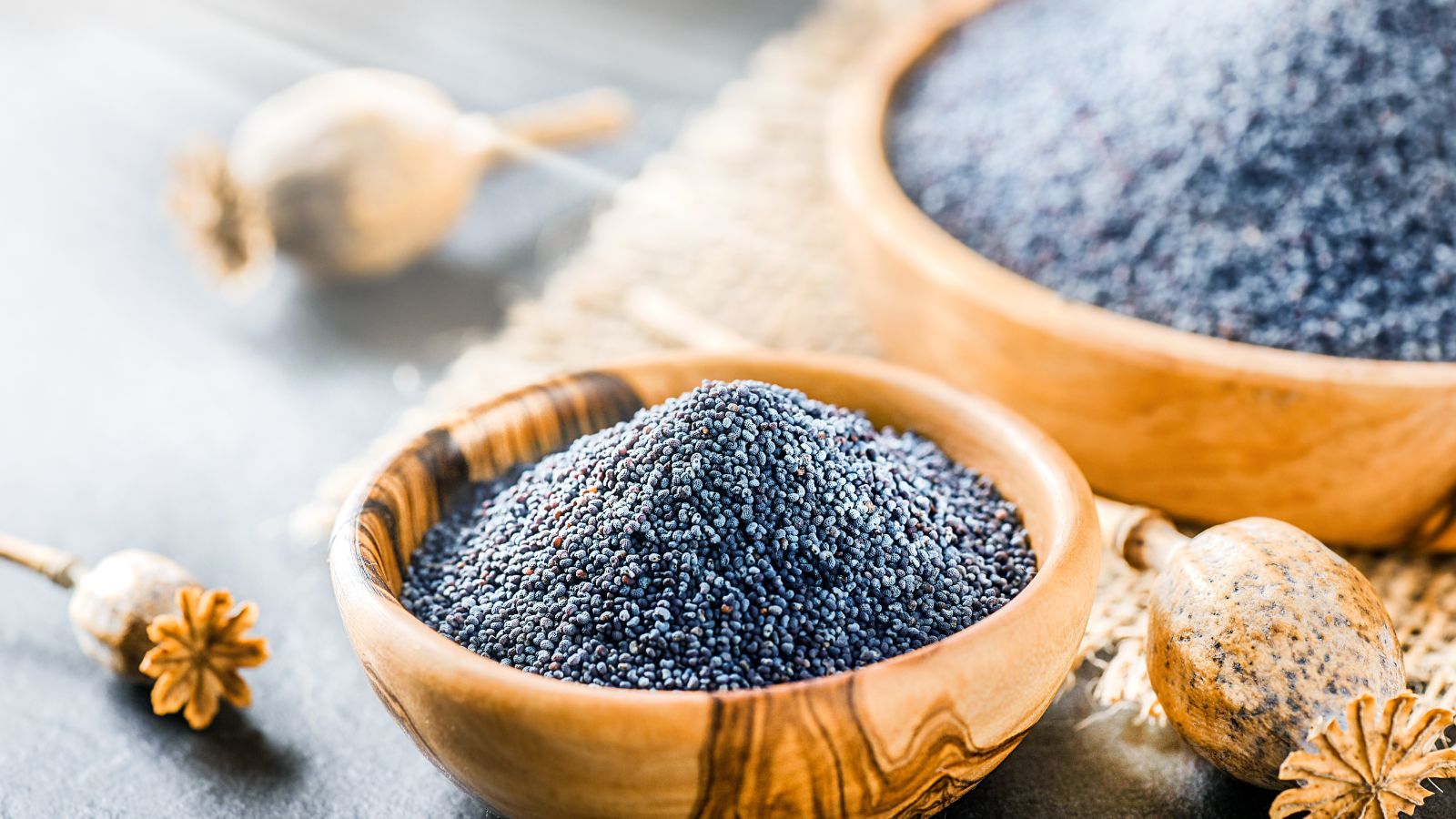
Poppy seeds were used for their analgesic properties, derived from the opium plant. Medieval doctors provided pain relief and sedation during surgical procedures by preparing concoctions from poppy seeds. Modern medicine continues to use opiates for pain management, which is interesting as poppy seeds contain the opioid medicines morphine and codeine.
Cupping for Pain Relief
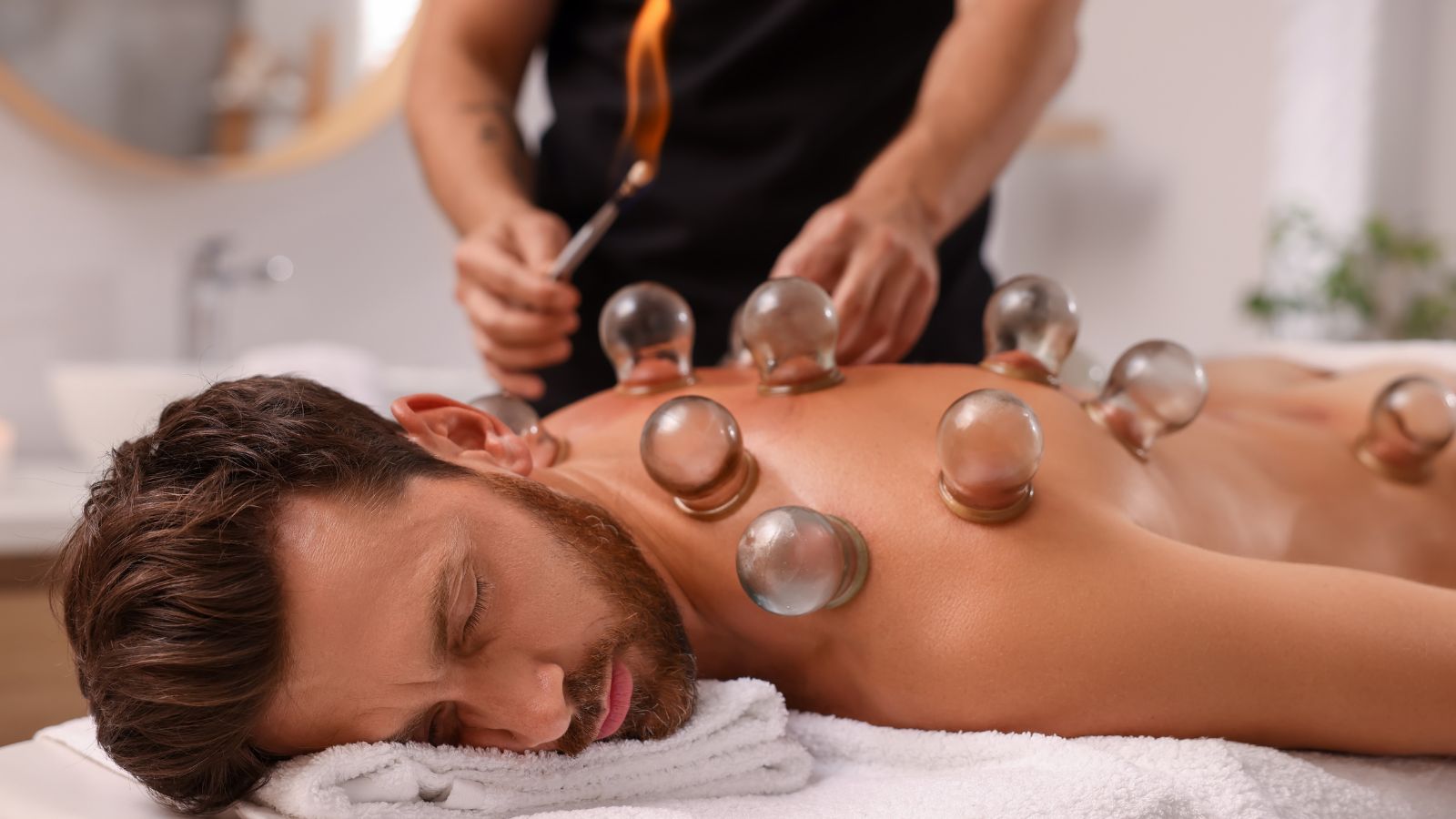
Cupping therapy involves placing heated cups on the skin to create suction. It was a technique used to alleviate pain and inflammation, similar to how it is used today. By increasing blood flow to the affected area, cupping helped reduce muscle tension and promote relaxation. Contemporary practitioners often use cupping in sports medicine and physical therapy.
Wine as a Disinfectant

Medieval surgeons often used wine to clean wounds, leveraging its antiseptic properties. The alcohol in wine helped kill bacteria and prevent infections, making it a practical and effective disinfectant in an era without antibiotics. Today, alcohol-based antiseptics are widely used in medical settings to disinfect skin before injections or surgeries.
Garlic for Infections

Due to its antimicrobial properties, garlic was widely used to treat infections. It could be applied directly to wounds or ingested to boost the immune system. Now, modern studies have shown that garlic contains compounds that can fight various bacteria and viruses, validating its use in medieval medicine. Garlic supplements are now popular for their potential to support immune health.
Egg Whites for Burns
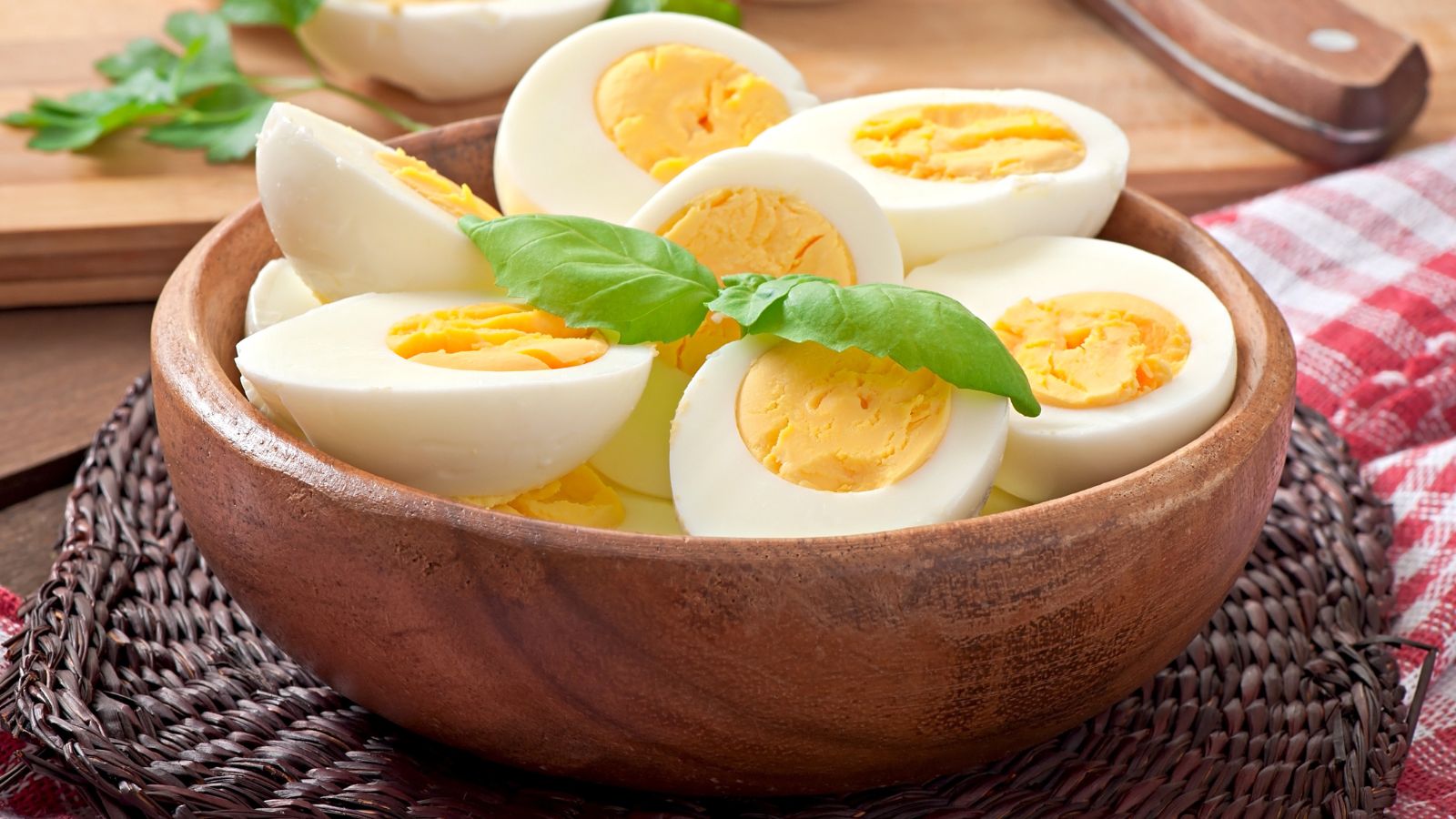
Egg whites were applied to burns to provide a protective layer and promote healing, and this is because the albumin in egg whites helps keep the skin moist and prevents infection. This practice soothed the burn and supported the body’s natural healing processes. In modern medicine, hydrocolloid dressings mimic this moisture-retaining effect.
Vinegar for Ear Infections

Vinegar, using its acidity to kill bacteria, was also used to treat ear infections. Drops of vinegar could be administered into the ear to reduce pain and inflammation, offering relief and preventing the infection from worsening. Acetic acid solutions are sometimes recommended in medicine today for mild ear infections and swimmer’s ears.
Fasting for Detoxification

Medieval physicians often prescribed fasting to cleanse the body of toxins. While the concept of toxins was misunderstood, fasting helped promote autophagy, where the body breaks down damaged cells and regenerates healthier ones. This practice supported the overall health and longevity that modern intermittent fasting regimens now seek to benefit from.
Cauterization to Prevent Infection

Medieval surgeons used cauterization to seal the wound with hot instruments to prevent wound infection. This method was effective in stopping bleeding and killing bacteria, ensuring the wound remained clean and significantly reducing the risk of infection. Modern medicine uses electrocautery during surgeries to control bleeding and minimize infection risks.
Purging for Digestive Issues
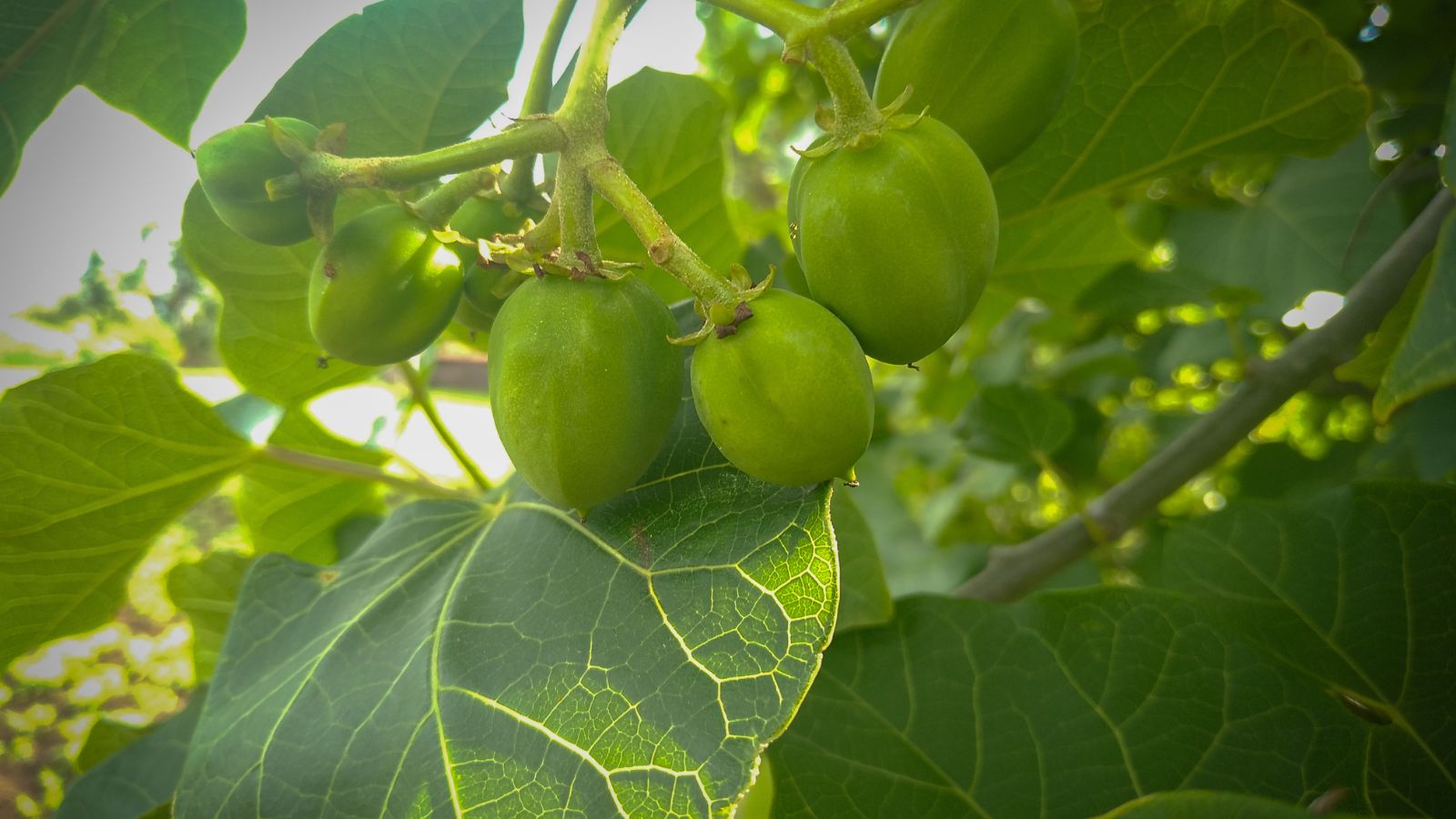
Medieval medicine also often included purging to treat digestive problems, such as administering laxatives or inducing vomiting, which was believed to clear the body of harmful substances. Though harsh, these methods relieved symptoms of food poisoning or intestinal blockages. Today, similar treatments are used under controlled conditions for specific gastrointestinal issues.
Lavender for Calming Nerves
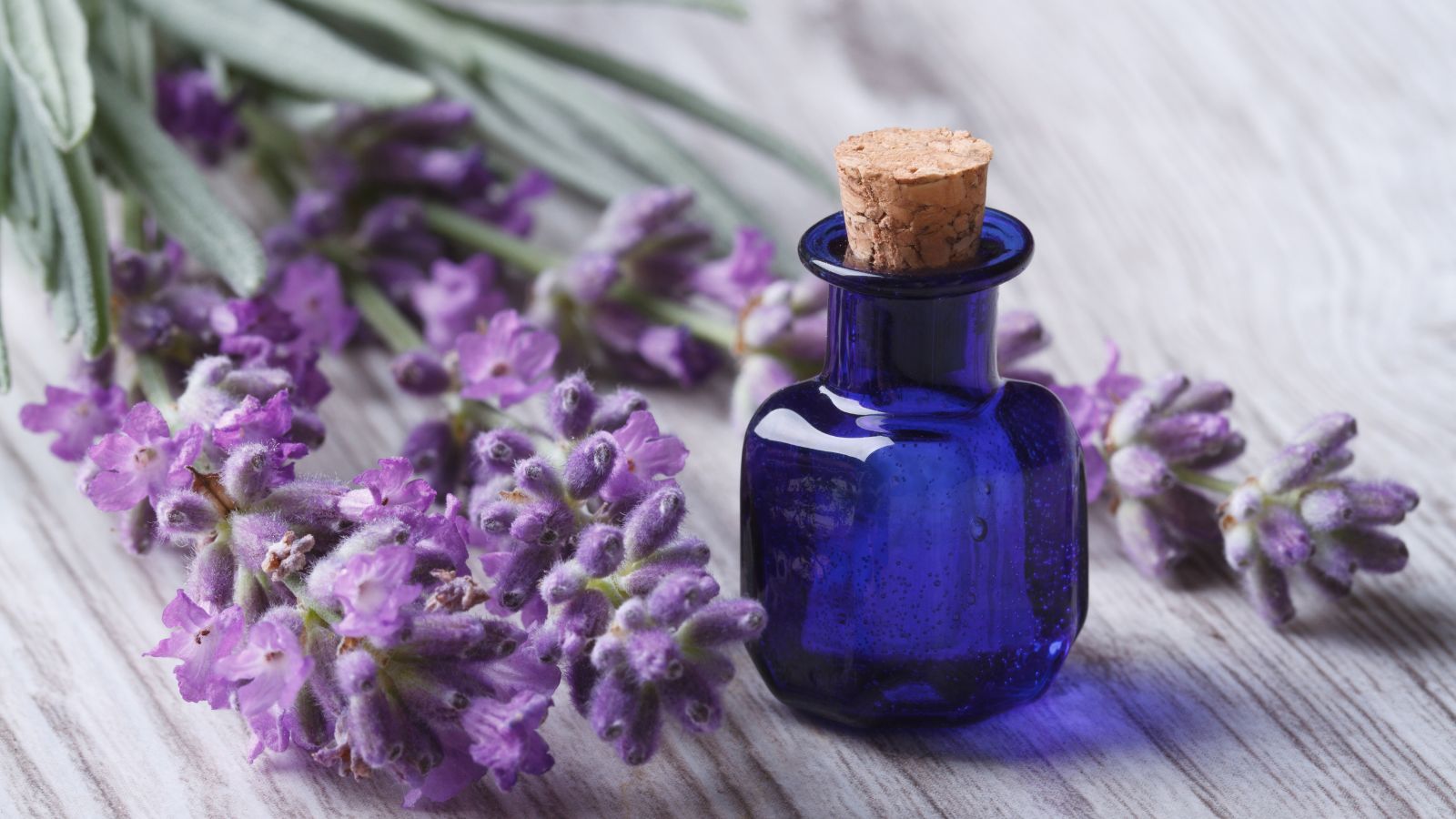
Lavender was used to soothe anxiety and promote sleep. Its calming scent helped reduce stress and improve mood, similar to its use in modern aromatherapy practices. Lavender essential oil is popular today for its relaxing effects, so we can understand how this natural remedy effectively supported mental health in a time of limited psychiatric care.
Urine Analysis for Diagnosing Illness

Medieval doctors examined urine to diagnose illnesses, observing color, smell, and taste. This practice provided insights into a patient’s health, revealing signs of conditions like liver disease and diabetes, for instance. Today, advanced tests analyze urine for a wide range of biomarkers, and urinalysis is one of the most fundamental diagnostic tools in contemporary medicine.
Alum for Staunching Bleeding
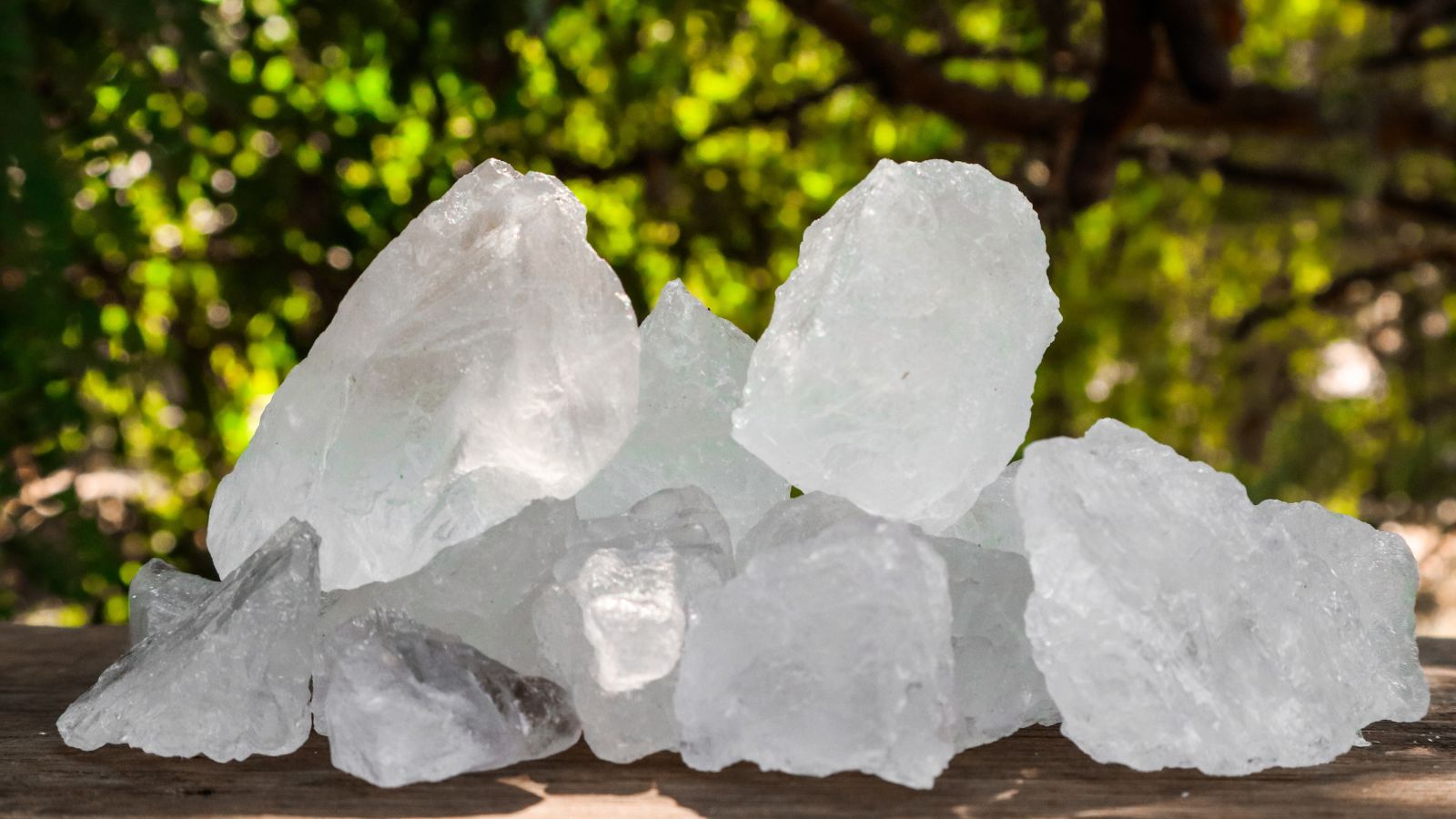
Alum, a naturally occurring compound, was used to stop wound bleeding. Its astringent properties help contract tissues and blood vessels, reducing blood flow and promoting clotting. Alum’s effectiveness in controlling bleeding made it a valuable resource in medieval medical practice, and today, similar compounds are used in styptic pencils to stop minor bleeding.
Anise for Coughs
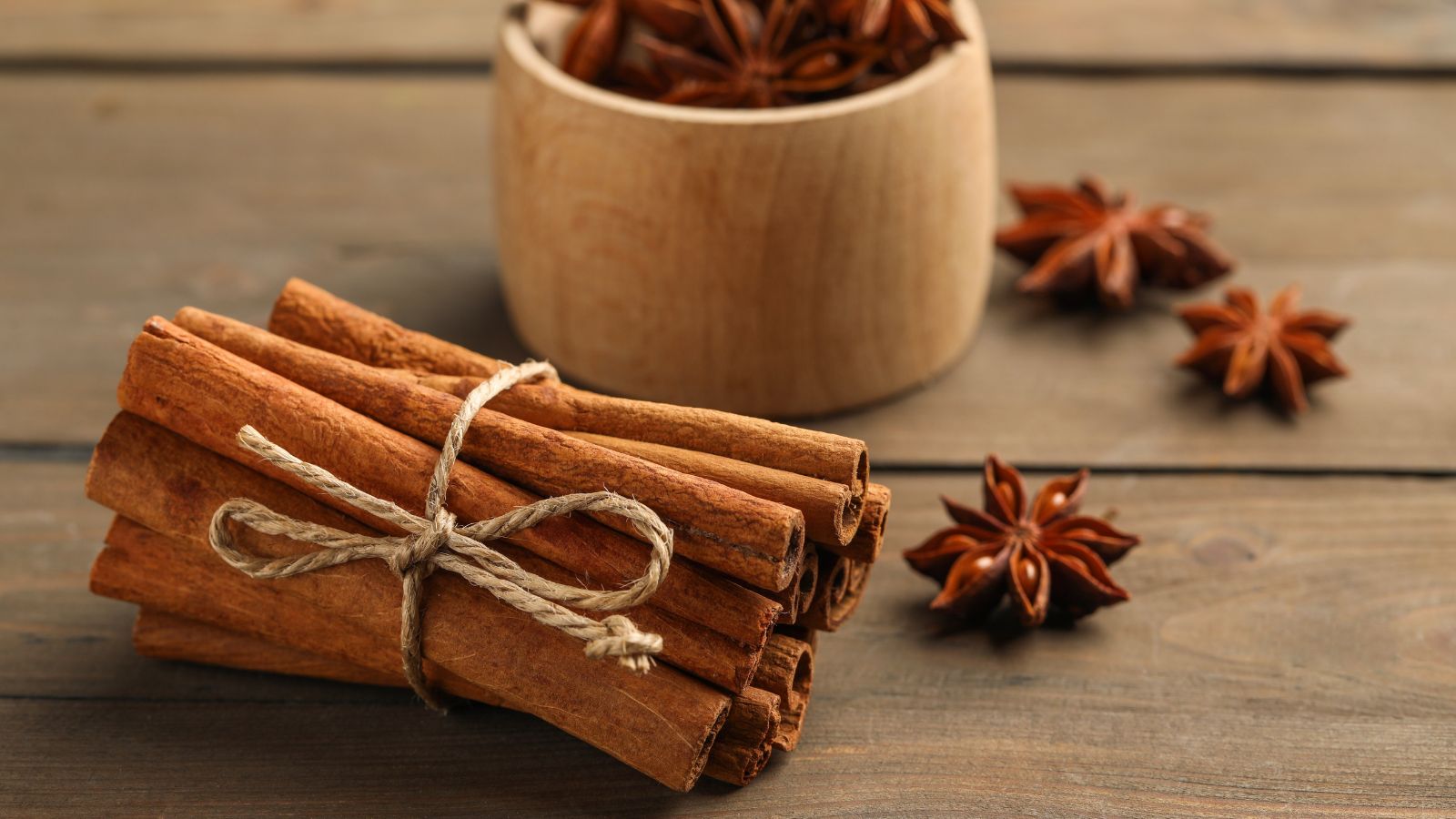
Anise seeds were used to treat coughs and respiratory issues, as they contain compounds that help loosen mucus and soothe the throat. Consuming anise in teas or syrups provided relief from coughing and supported respiratory health, similar to some modern herbal remedies. Today, anise is often found in natural cough syrups and lozenges for its expectorant properties.
Spices for Preservation and Health
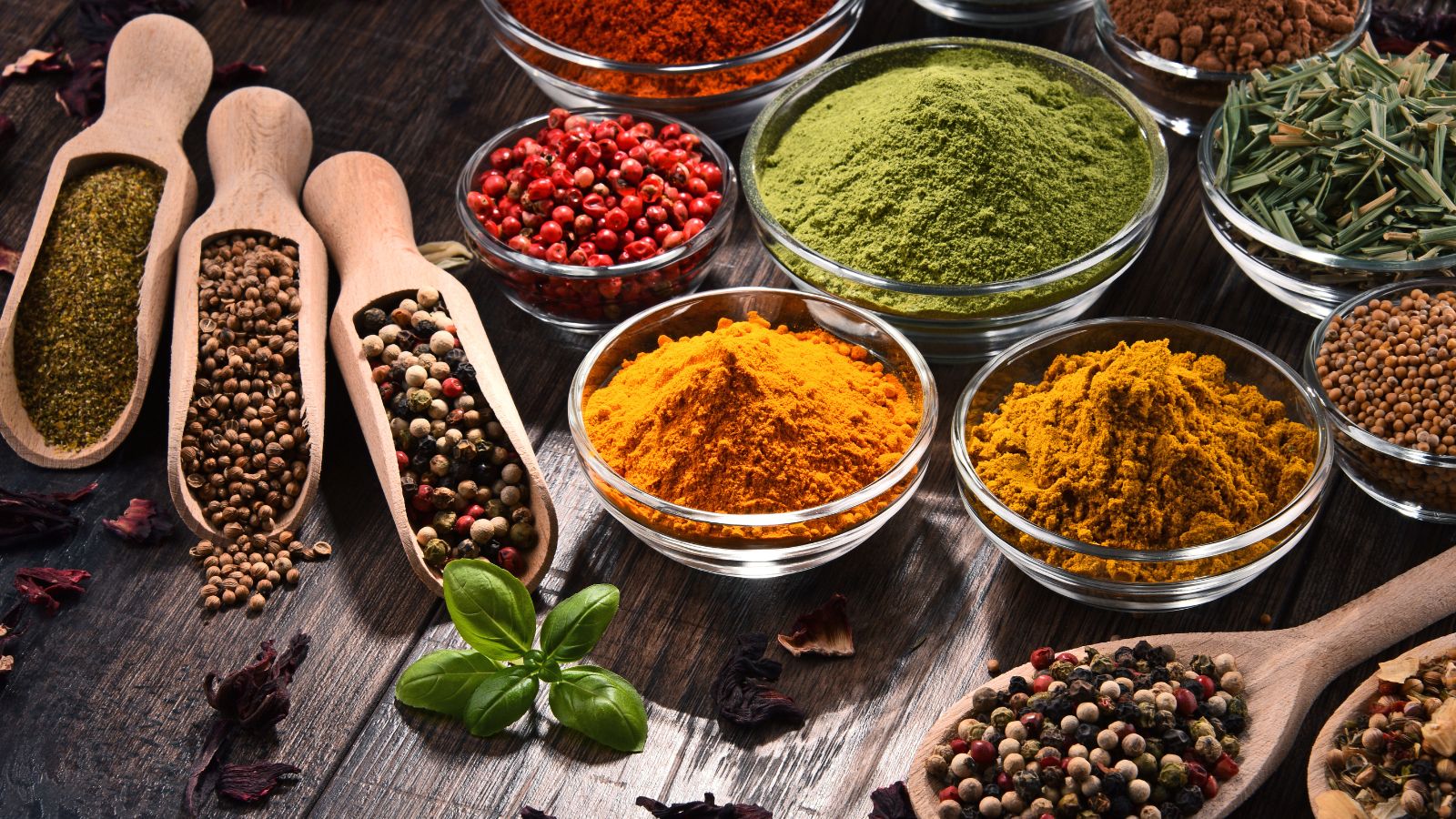
Spices like cinnamon and cloves were used to preserve food and for their health benefits. They have antimicrobial properties that prevent food spoilage and support overall health, and incorporating spices into the diet provides both culinary and medicinal advantages. Modern research supports their use in managing blood sugar levels and improving heart health.
Up Next: 19 Things You Didn’t Realize Are Against The Law

Most laws are common sense, like those involving theft, property damage, or violence, but there are many lesser-known regulations that most people aren’t even aware of. This article reveals 19 illegal acts that may inadvertently turn you into a common criminal. Remember, ignorance of the law is no excuse for breaking it!
19 Things You Didn’t Realize Are Against The Law
18 Most Common Reasons Why Women Leave Their Husbands

All women have different preferences when it comes to their relationships and marriages. However, there are many universal behaviors, traits, and habits that commonly drive them to divorce. This list unveils the 18 most common reasons why women leave their husbands.
18 Most Common Reasons Why Women Leave Their Husbands
17 Behaviors That Make People Think Less of You

If you want to be accepted by those around you, you have to behave in certain ways. Obviously, you should still be yourself, but there are certain social ‘rules’ people should abide by, like avoiding these 17 behaviors that make people think less of you.
